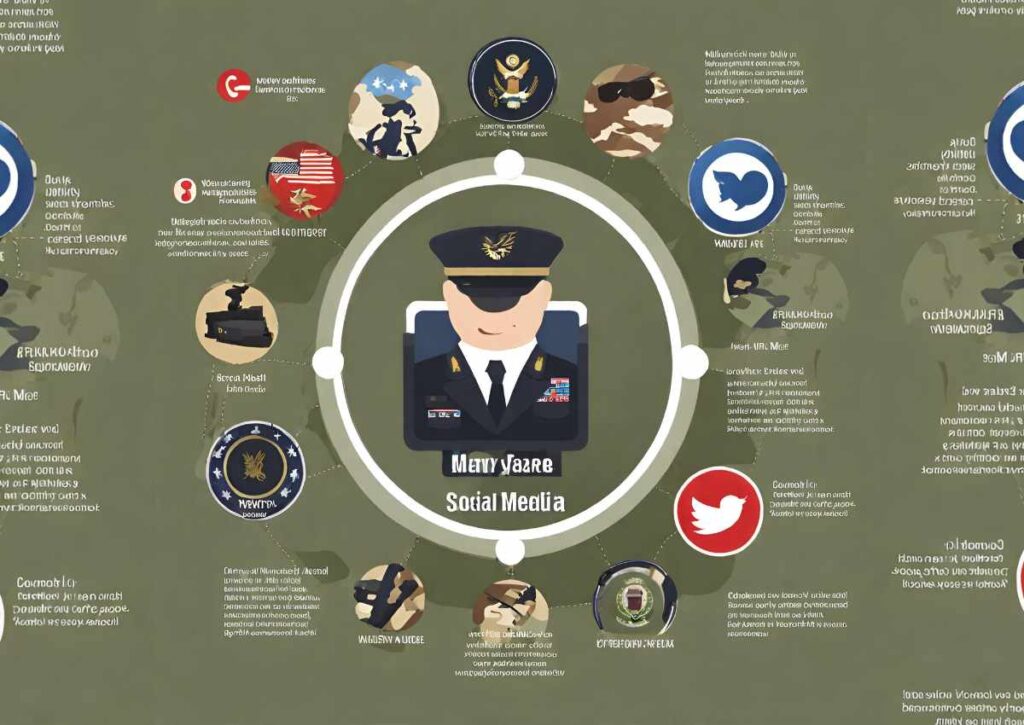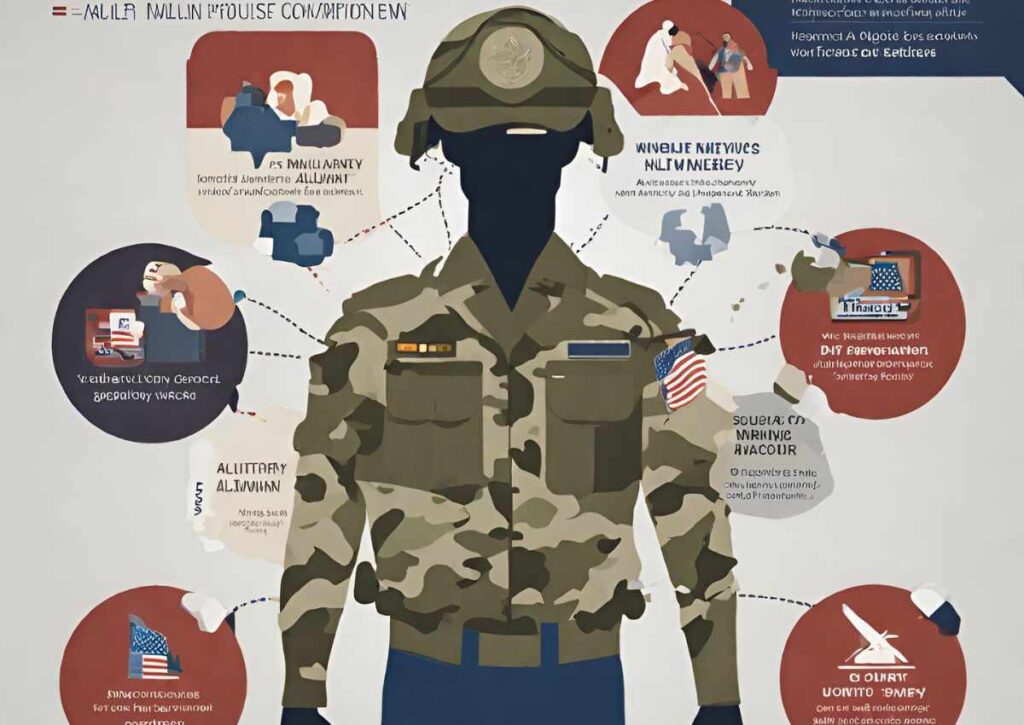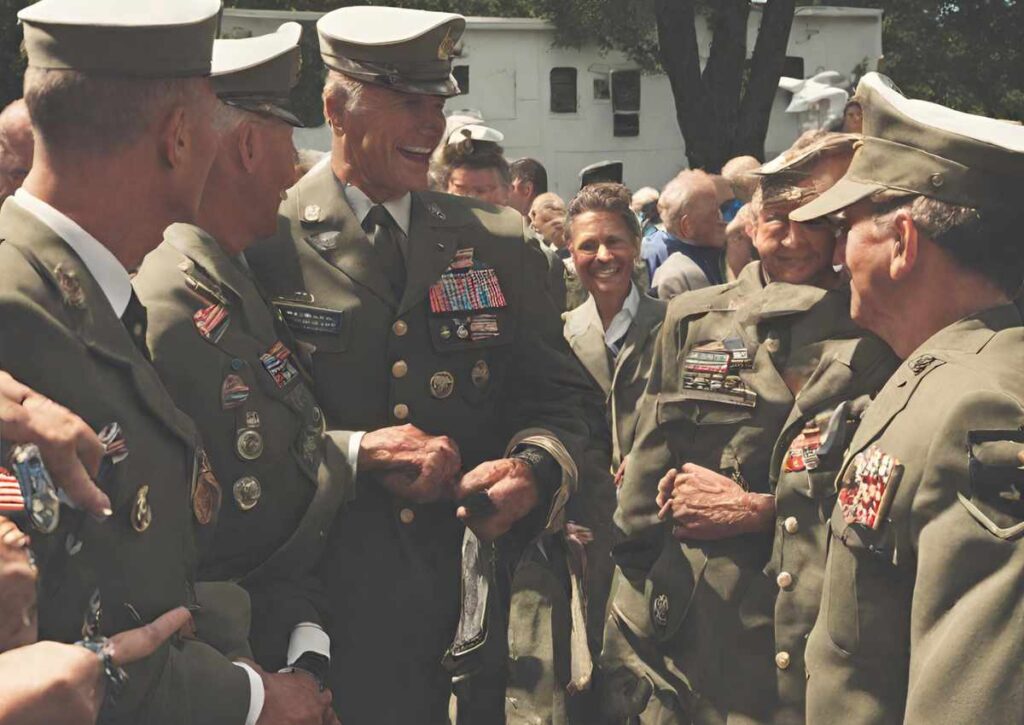In our lives, certain individuals leave a lasting impact, shaping who we become. For many, their drill instructors during military training hold a special place in their memories.
The bond forged through shared challenges and tough training often leads to a sense of unity and respect.
Find my old drill instructor might involve reaching out to the military branch where you trained, inquiring through alumni networks, or searching social media platforms for their name or unit.
In this blog post, we will guide you through the process of finding them.
Bringing back that connection can offer a meaningful opportunity to express thanks and reflect on the transforming experiences you shared.
Gather Information
To begin your search, gather any information you have about your drill instructor. Start with their full name, rank, and the branch of the military they served in.
If you recall any specific details, like their appearance, nickname, or personal stories they shared, note them down as well.
If you remember the training location or the specific unit you were a part of, it could be beneficial in reducing down your search.
Full Name
Try to recall and document the complete name of your drill instructor. Even if you only remember their last name or have a partial name, include that information as well.
Any name-related details will be valuable in your search.
Rank
Note down the rank of your drill instructor, such as Sergeant, Staff Sergeant, or Master Sergeant.
Knowing their rank will help distinguish them from other military personnel who may have a similar name.
Branch of the Military
Determine the specific branch of the military where you received your basic training. It could be the Army, Navy, Air Force, Marines, or Coast Guard.
This ensures you approach the relevant resources associated with that branch.
Appearance
Recall any physical characteristics or notable features of your drill instructor.
Consider details like height, weight, hair color, facial hair (beard, mustache), and any distinct markings such as tattoos, scars, or birthmarks. These details can aid in identifying your drill instructor.
Nickname
Make a note of your drill instructor’s nickname or any other names or titles that they are frequently known by.
This additional information may jog someone’s memory or be useful in locating them.
Personal Stories
Document any personal stories, anecdotes, or memorable incidents shared by your drill instructor during your training.
These stories might be unique to them and could serve as identifying factors when searching for them.
Training Location
Recall the specific location where you underwent your basic training, such as a military base, camp, or training facility.
Including this information will help narrow down the search to a specific geographic area associated with that location.
Unit Details
If you remember the unit or company you were a part of during your basic training, note down those details as well.
This information can be useful in connecting with fellow recruits who may have maintained contact with your drill instructor or have additional information about them.
Utilize Social Media

In today’s digital age, social media platforms are a powerful tool for finding people.
Start by searching for your drill instructor’s name on popular platforms such as Facebook, LinkedIn, Twitter, and Instagram.
Look for profiles that match their name and military background. Filter the results by location, military affiliations, or any other details you may remember to narrow down your search.
Start with Popular Platforms
Begin by searching for your drill instructor’s name on well-known social media platforms like Facebook, LinkedIn, Twitter, and Instagram.
These platforms have extensive user bases and are likely to yield relevant results.
Name and Military Background
Enter your drill instructor’s full name in the search bar of each platform. Look for profiles that match their name and indicate a military background.
Pay attention to profile pictures or other details that might suggest their connection with the military.
Filter Search Results
Once you’ve generated search results, utilize the available filters to narrow down your search.
Depending on the platform, you may have options to filter by location, education, military affiliations, or other criteria.
Use any additional information you remember about your drill instructor, such as their rank, training location, or unit, to refine your search.
Military and Veteran Groups
Join online groups or communities specifically designed for military team members and those who’ve served.
These groups often have members who served in the same branch of the military or attended the same training facility.
Post a respectful inquiry explaining your search and providing relevant details about your drill instructor.
Other group members may have information or be able to direct you to additional resources.
Alumni Networks
Explore alumni networks or online communities associated with the training facility or unit you were part of.
These networks can be valuable for reconnecting with former drill instructors or connecting with fellow recruits who might have stayed in touch with your drill instructor.
Military-Specific Search Engines
Consider using military-specific search engines or databases that focus on connecting veterans and military personnel.
These platforms may have features that allow you to search for drill instructors based on their name, military service, or other relevant criteria.
Contact Your Military Unit
Reach out to your old military unit to inquire about your drill instructor’s current whereabouts. Contact the administrative office or the unit’s public affairs officer.
Explain your intent to reconnect with your drill instructor and provide any relevant information you have.
They might be able to help you locate your old instructor or provide you with additional resources or contacts.
Administrative Office
Begin by contacting the administrative office of your old military unit.
They are responsible for maintaining personnel records and may have information about your drill instructor’s current whereabouts.
You can obtain their contact information by searching online or reaching out to the main headquarters of your branch of the military.
Public Affairs Officer
If you’re having difficulty reaching the administrative office or if you prefer to have a point of contact specifically dedicated to public inquiries, contact the unit’s public affairs officer.
They are responsible for handling external communication and may be able to assist you in locating your drill instructor or directing you to the appropriate channels.
Explain Your Intentions
Clearly explain your intention to reconnect with your drill instructor when contacting the administrative office or public affairs officer.
Let them know that you are trying to find your old drill instructor and provide any relevant information you have, such as their name, rank, and details about your basic training.
Request Assistance
Ask for their assistance in locating your drill instructor. They may have access to resources or contact information that can help you in your search.
Be prepared to provide any additional details they may require to aid in your inquiry.
Follow Their Guidance
The administrative office or public affairs officer may provide you with specific instructions or direct you to other resources or contacts within the military.
Follow their guidance and any steps they recommend to maximise your chances of finding your drill instructor.
Remember that the availability of information may vary depending on factors such as the unit’s record-keeping practices and privacy regulations.
Be patient and respectful throughout your communication with the administrative office or public affairs officer, as they are there to assist you.
Utilize Military Alumni Networks

Research Alumni Associations
Begin by researching alumni associations or organisations specific to your military branch or unit.
These associations are often created to foster connections among past and present members of the military.
Look for official websites or online communities associated with your branch or unit.
Online Platforms
Explore dedicated online platforms that cater to the military community and facilitate networking and reconnection.
Websites like RallyPoint, TogetherWeServed, or Military.com are popular platforms that provide a space for veterans to connect, share their experiences, and search for individuals they served with.
Create A Profile
Sign up for an account on the chosen platform and create a profile that includes relevant details about your military service and basic training experience.
Highlight any information you have about your drill instructor, such as their name, rank, training location, or unit.
This will make it easier for others to identify potential matches and assist in your search.
Private Messages
If you come across individuals who may have information about your drill instructor, consider sending them private messages to inquire further.
Reach Out to Military Archives
Military archives and historical centres can be valuable resources for finding former military personnel.
Contact the archives specific to your drill instructor’s branch of service and inquire about their assistance in locating individuals.
They may require certain details or documentation from you to initiate the search process. Be prepared to provide relevant information and patiently await their response.
Determine the Relevant Archives
Identify the military archives or historical centers that are specific to your drill instructor’s branch of service.
Each branch of the military typically has its own archival resources that house personnel records and historical documents.
Documentation Requirements
Military archives may have specific requirements or documentation that they need from you in order to initiate the search process.
They may ask for your personal identification, proof of military service, or authorization forms. Follow their instructions closely and provide the requested documentation promptly to facilitate the search.
Await Their Response
After contacting the military archives and providing the necessary information, patiently await their response.
The search process may take time, as archives deal with numerous requests and have to locate and review relevant records.
Be prepared for potential delays and understand that the availability of information can vary depending on factors such as the timeframe and the completeness of the records.
Attend Military Reunions or Events

Military reunions and events offer an excellent opportunity to reconnect with former colleagues and mentors.
Keep an eye out for reunions specific to your training location or unit.
Attend these gatherings, share your intent to find your drill instructor, and seek assistance from others who may have stayed in touch.
The military community often maintains strong bonds, and someone may have valuable information or contacts to aid your search.
Confirm Reunion Details
Once you find a reunion or event that is relevant to your search, ensure that you have accurate information about the date, time, location, and any registration requirements.
Reach out to the organizers or designated contacts to verify the details and express your interest in attending.
Share Your Intent
When attending the reunion or event, take the opportunity to connect with fellow veterans and share your intention to find your drill instructor.
Be open and engaging, and approach conversations with respect and enthusiasm.
Explain your search and provide any relevant information you have about your drill instructor, such as their name, rank, and training details.
Seek Assistance
While mingling with other attendees, seek assistance from those who may have stayed in touch with your drill instructor or have information about their current location.
Share your contact details, including your email address or phone number, so that they can reach out to you if they come across any helpful information.
Connect With Unit Members
Reunions and events offer an opportunity to connect with former colleagues and members of your unit.
Reestablishing contact with these individuals may provide leads or connections to your drill instructor.
Engage in conversations, exchange contact information, and ask if they have any updates or insights about your drill instructor.
Research Online Directories
Identify reputable online military directories that specialise in connecting former military personnel.
Websites like Military Buddy Finder, GI Search, VetFriends, or similar platforms are good starting points.
Ensure that the websites you choose are reputable and have a history of successful connections.
Register on the Platform
Sign up and create an account on the chosen directory platform. Provide the required information to create your profile.
Some platforms may require you to verify your military service or provide certain details to ensure the authenticity of the users.
Input Drill Instructor Details
Once registered, input the details you have about your drill instructor in the search criteria. Include their full name, branch of service, training location, and any other identifying information you can recall.
The more specific and accurate the information you provide, the higher the chances of finding a potential match.
Review the Results
After submitting your search criteria, review the results generated by the directory platform. Examine the profiles or listings that match your drill instructor’s details.
Cross-reference the information you find with other sources, if available, to verify its accuracy.
Connect and Communicate
If you come across a profile that matches your drill instructor, use the available communication tools on the directory platform to reach out and make contact.
Be respectful and clearly state your intention to reconnect.
Share any relevant information you have and ask if they are indeed your drill instructor or if they have any leads that could help you in your search.
Maintain Privacy And Safety
While using online directories, be mindful of sharing personal information and exercise caution when communicating with unknown individuals.
Protect your privacy, and only share sensitive information with trusted contacts.
Conclusion
Research military networks, social media, and old records to find them.
First, learn your drill instructor’s name, rank, branch of service, appearance, nickname, personal tales, training site, and unit. Use this data to start your search.
Find your drill teacher on Facebook, LinkedIn, Twitter, and Instagram. Limit searches by service or training.
Your old military unit should know you want to visit your drill teacher. Give your information to management or public affairs. They may know somebody who can find your old teacher.
Find veteran-connecting websites and services. You can enter drill instructor information on Military Buddy Finder, GI Search, or VetFriends. Verify the information elsewhere.
Be courteous, patient, and understanding when searching. Remember that things may have changed and you may not find your drill teacher.
No matter what occurs, this vacation recognizes their gift to your life and strengthens military community bonds.
Related post: How To Become A Drill Sergeant
FAQs
What is the average age of a drill instructor?
Drill instructors typically range from their late 20s to mid-40s, though age can vary based on experience and military branch requirements.
How do you identify a drill sergeant?
Drill sergeants are identifiable by their distinctive uniform, which may also include badges or insignia indicating their position as instructors in charge of educating recruits.
How long do drill instructors serve?
Drill instructors generally serve for a few years in their training role, with durations varying based on military branch policies and assignments.
Do drill instructors keep their hats?
Yes, drill instructors often keep their campaign hats or distinctive headgear as a memento or symbol of their time as instructors after completing their service in that role.









